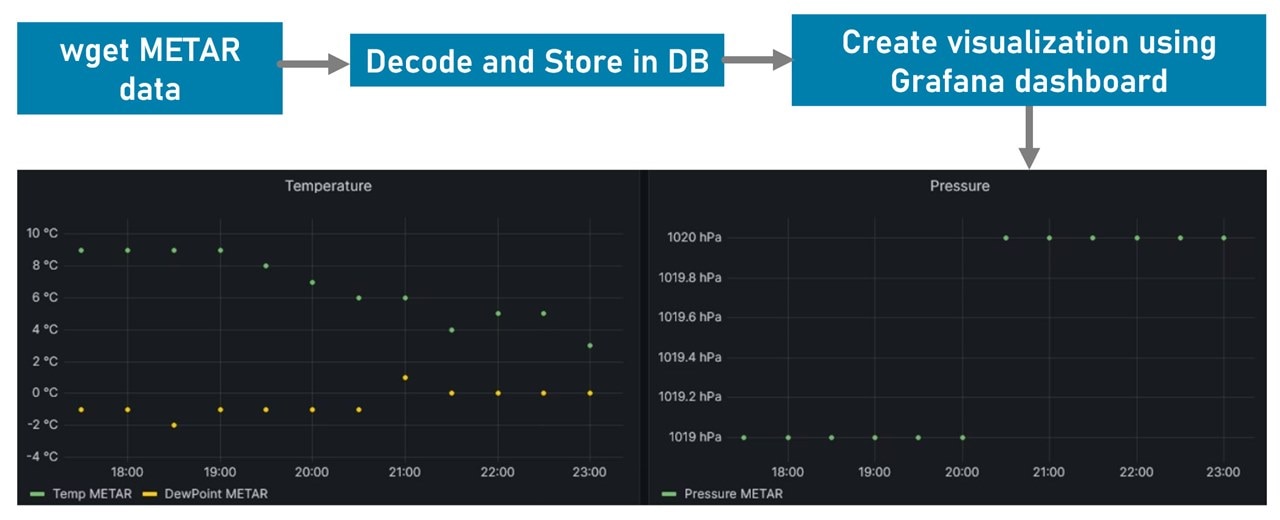Hi all participants.
The Experimenting with Waterproof Connectors is winding down with the final extra credit blogs due today.
On June 6th, I'll review the Forum participation and add points earned for each participant.
That leaves the big one task left to do: The Final Summary Blog.
The final summary blog is worth 300 points. I'll hand them over to the judges who will score them. Since I have two judges, I will average their individual scores into a final score and add them to the points earned for the rest of the blogs.
I wanted to offer some tips on writing the final summary blog.
1. The final blog should summarize all the work and experimenting you ghave done with waterproof connectors. Hence, a focus on the waterproof connectors should be prominent in the final blog.
2. The intro blog and the 5 extra credit blogs were added to the program for a specific reason: They can help you write the final blog (while adding points). Rather than simply linking these supplement blogs in the final blog, use the information they have to write a self-contained final blog. Now, if you want to add links to your intro/extracredit blogs in your discussion, that's fine. But our intention is to give the judges your final blog to grade your efforts.
3. The final blog should demonstrate the technical merit and your creativity around employing waterproof connectors in an electronics design. So, providing images, screenshots, and other media to lend to your tech finesse and creativity should be utilized.
4. Beyond the waterproof connectors, we provided the latte panda SBC in the kit. Show the reader how you used it, how you prepared it, and how you connected it to the waterproof connectors.
5. Articulate what your experiments were and how they turned out.
6. Draw some conclusions about participating in this program. They can range from what you may have learned about waterproofing an electronics design to what the successes and challenges were.
7. Make sure your final blog flows with some logical structure. The judges are going to read it for the first time. They want so see not only what you did but how your experiments evolved. Of course, this depends on what you did.
Like I said, the final summary blog is worth 300 points. We want the final blog to be an authoritative document. The more comprehensive it is, the closer it will get to the 300 points.
Good luck.

